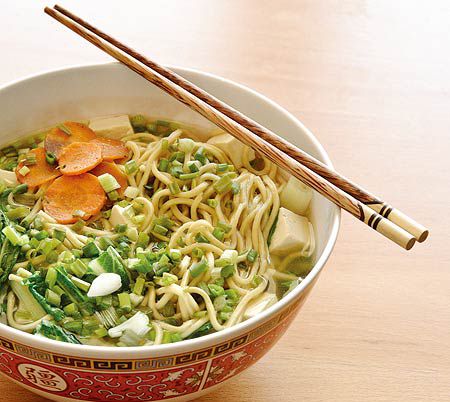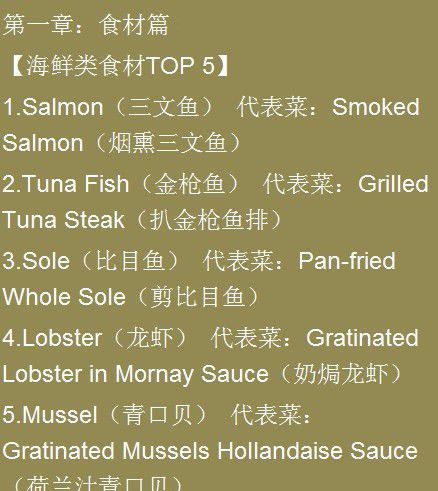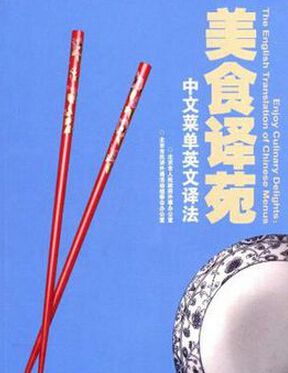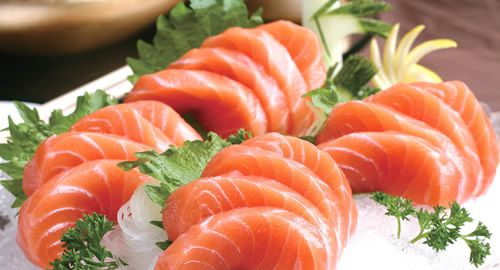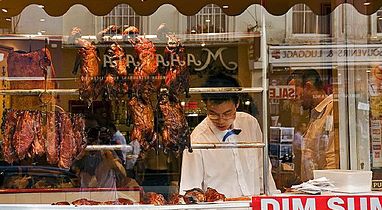你所不知道的“面条文化”
|
爱思英语编者按:提到哪种食品征服了世界,很多人首先想到的可能是随处可见的洋快餐。而正确答案却是一杯小小的方便面。如此普通的面条中又蕴含着那些不为人知的文化呢?一起来看看吧! An unexpected culinary hero Ask about the foods that have conquered the world and you’re likely to hear about Coca-Cola and McDonald’s Big Macs. But think again, because the most successful industrial food ever produced flies far under the radar — it’s cup noodles.
A new book, The Noodle Narratives, written by three US anthropologists 55 years after the birth of instant noodles in Japan, reveals that there were more than 100 billion servings of instant noodles worldwide in 2012 — that’s about 14 servings for every single person on Earth. As for noodles themselves, they emerged more than 2,000 years ago to become a worldwide staple. Given the fact that many instant noodles are MSG-enhanced junk food, not to mention the health risks associated with the paper cartons they’re served in, let’s talk about these strands of dough in terms of a culture you may not know. Earliest noodles? The oldest historical mention of noodles according to Jen Lin-Liu, a columnist for The New York Times and author of the book On the Noodle Road: From Beijing to Rome, with Love and Pasta, appears in a dictionary from the third century AD in China. The earliest Chinese noodles, however, did not appear in strands as they do today. They were little pieces of bread dough thrown into a wok of boiling water. These kind of noodles, called mianpian, are still eaten in China. Another early mention of noodles has been traced back to the fifth century AD in Jerusalem, when they were referred to as itrium. Several centuries later, a string-like pasta called itrium, made of semolina and dried before cooking, was described by Syrian physicians. Of course, these documented mentions of noodles only came after noodles had already been developed — and unlike other inventions, like the telephone for example, it’s rather difficult to pinpoint exactly when and where noodles came from, given that they relied on the innovation of cooks. ‘Humanitarian food’ Invented by Momofuku Ando in Japan in 1958, few people know that instant noodles play an important role in hunger and disaster relief. While not exactly nutritious, instant noodles are a “hunger killer”, as US anthropologist Sidney Mintz would say. According to the NPR, a US-based online news outlet, the fat in instant noodles, which are made with wheat flour fried in palm oil, combined with the soup, keeps one feeling full for longer. And that helps explain why ramen, as they are called in Japanese, have become a staple in the world’s humanitarian food aid packages. |

